19 celestial objects in our solar system that aren't planets
From centaurs to icy moons, our host star is orbited by an array of objects with bizarre features
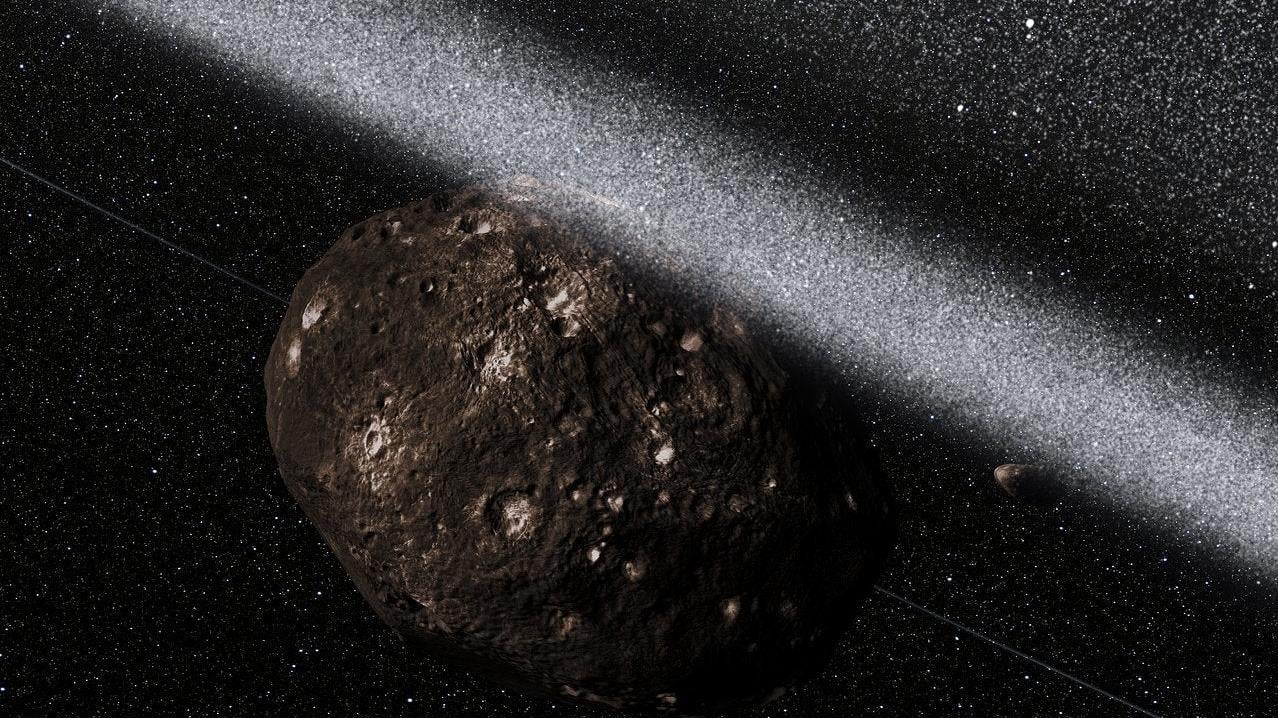
The Sun is orbited by eight planets, at least five dwarf planets, tens of thousands of asteroids, and around three trillion comets and icy bodies. Although not all objects of the solar system are as well known as Earth, Jupiter, or other celestial bodies with main character energy, they still make up a valuable part of our star system and contribute to our understanding of its origins.
From quasi-moons to asteroids with rings, the Solar System is beaming with weird and exotic objects that tell the story of how it came to be billions of years ago.
2 / 20
Arrokoth
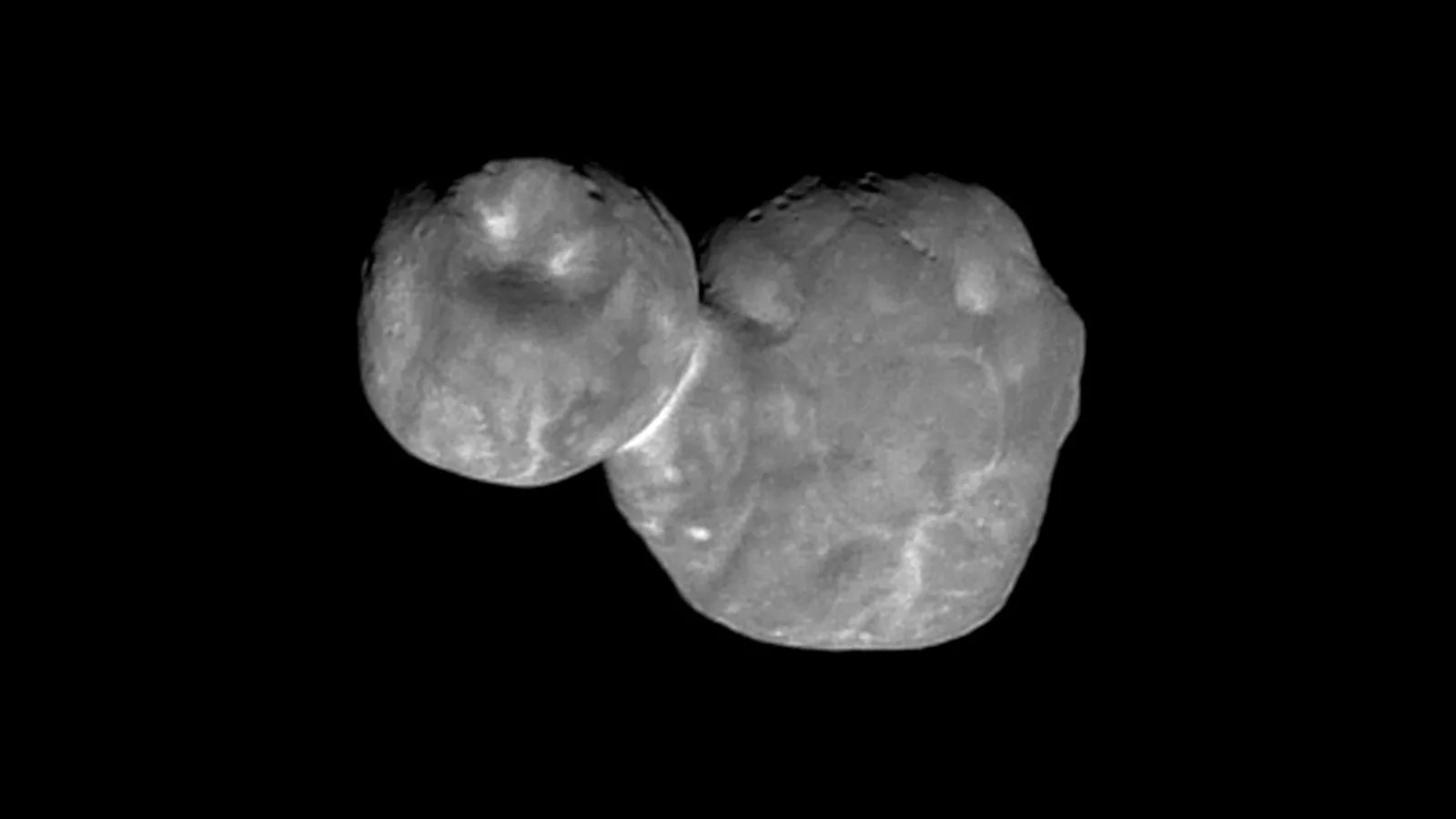
As an ancient planetesimal in the Kuiper Belt, Arrokoth likely formed 4 to 4.5 billion years ago from a sea of icy particles in the far reaches of the solar system. Scientists knew little about this icy world until the New Horizons mission probed the object in January 2019; the probe was 4 billion miles (6.5 billion kilometers) from Earth at the time, making it the most distant exploration of a solar system object.
In the images sent back by New Horizons, Arrokoth appeared as two lumpy lobes fused together. The two lobes have light and dark patterns of unknown origin with a bright collar separating them. According to NASA, these features provide clues about how this object was assembled during the formation of the solar system.
3 / 20
Chariklo
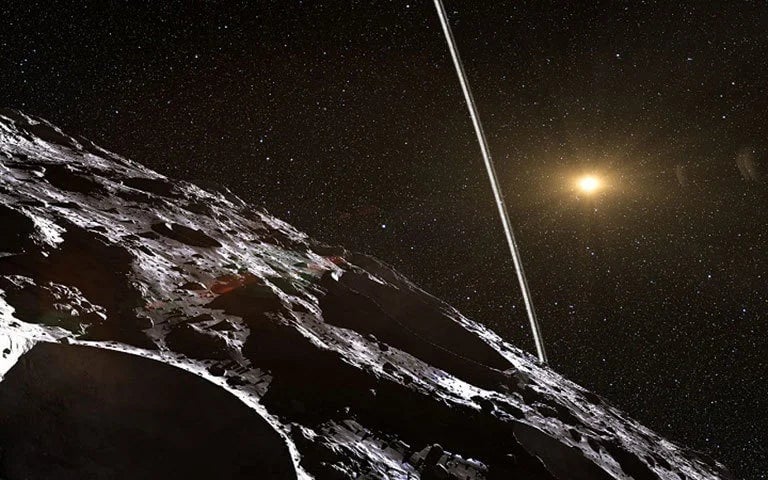
Chariklo is the largest of its kind and the first small body discovered to have a ring system. Centaurs are hybrid objects with a comet-like composition (they are icy bodies) and are the size of asteroids. They are usually found in an unstable orbit between Jupiter and Neptune.
Chariklo is not just any centaur; it was also found to have two thin rings of icy particles around it. That made it the first known rocky body in the solar system to have rings. Chariklo is about 51 times smaller than Earth in diameter and its rings orbit at a distance of about 250 miles (400 kilometers) from the center of its body, according to NASA.
4 / 20
Mimas
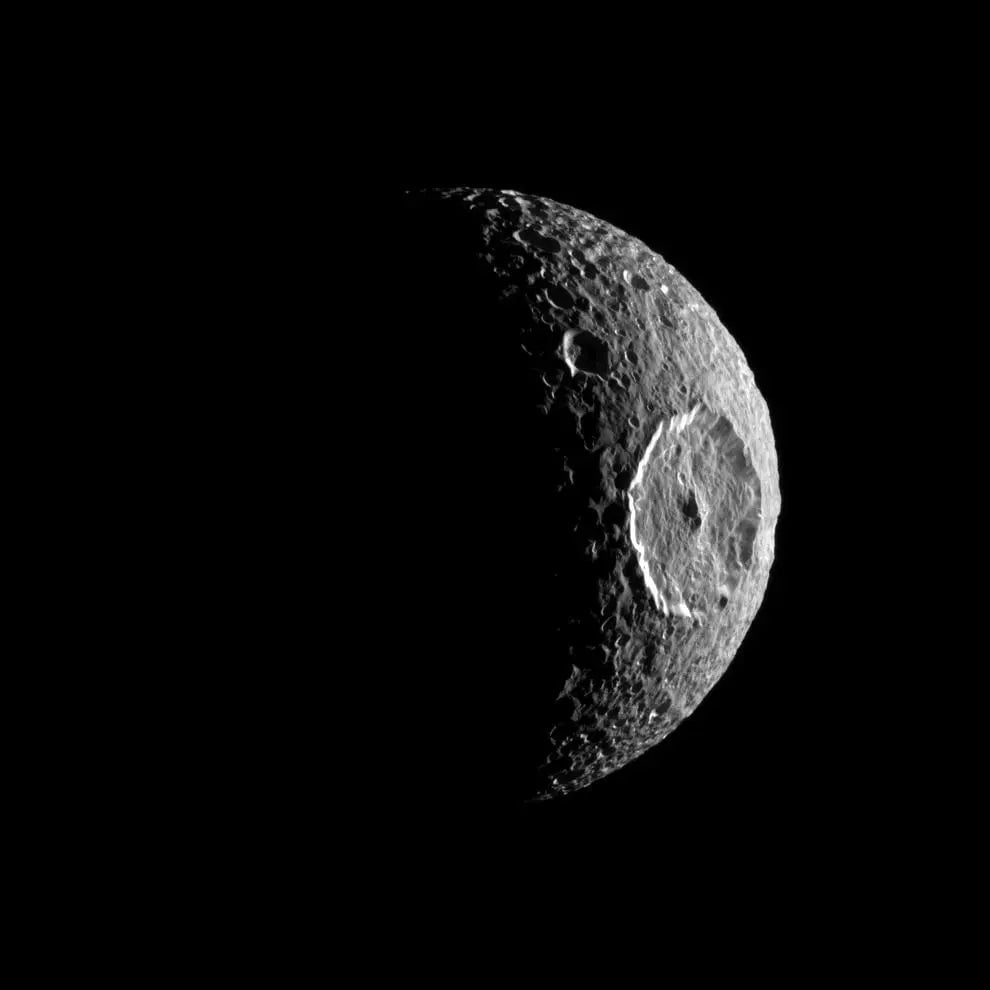
Mimas, Saturn’s cratered-covered moon, is known affectionally as the Death Star for looking like the Empire’s space station in Star Wars. It owes its uncanny resemblance to the Herschel Crater, which stretches across 80 miles (130 kilometers), covering most of the moon’s leading hemisphere.
As the smallest and innermost of Saturn’s major moons, Mimas takes only 22 hours and 36 minutes to complete an orbit. Scientists believe the moon consists almost entirely of water ice, which is puzzling since it orbits so close to Saturn and has a much more eccentric orbit than the planet’s other moon Enceladus, which has geysers of water, according to NASA.
5 / 20
Ceres
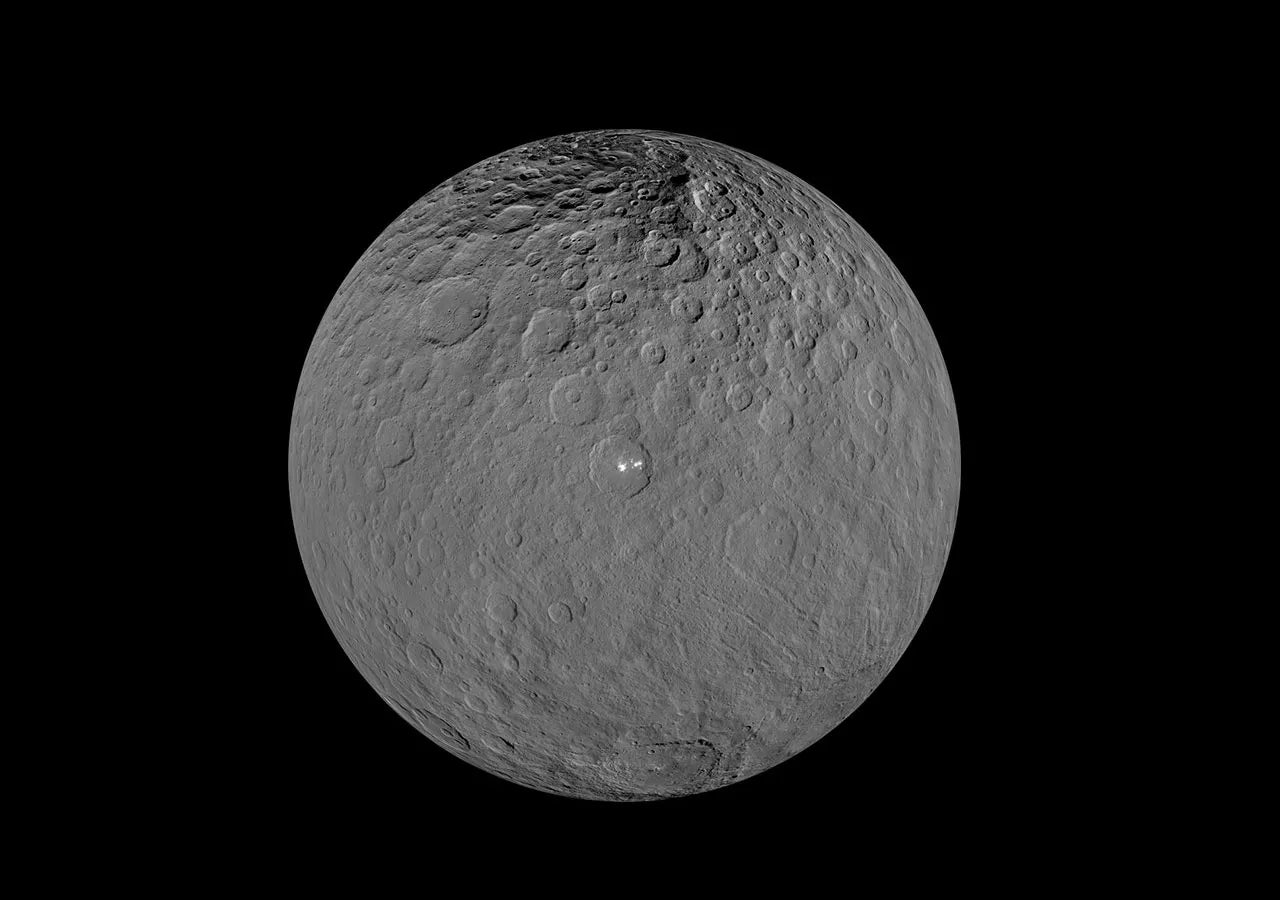
Ceres was the very first object discovered in the main asteroid belt. It was first identified as an asteroid but was later upgraded to a dwarf planet because it was so much bigger and totally different from its rocky counterparts. Ceres was designated a dwarf planet in 2006, along with Pluto.
Today, Ceres is the only dwarf planet located in the inner solar system and the largest object in the asteroid belt between Mars and Jupiter. Ceres is approximately 585 miles (940 kilometers) across, making up 35% of the main asteroid belt’s total mass, according to NASA. Ceres is one of the places of the solar system that could potentially host life, as the dwarf planet is rich with water ice stored in cold, dark craters.
6 / 20
Dinkinesh
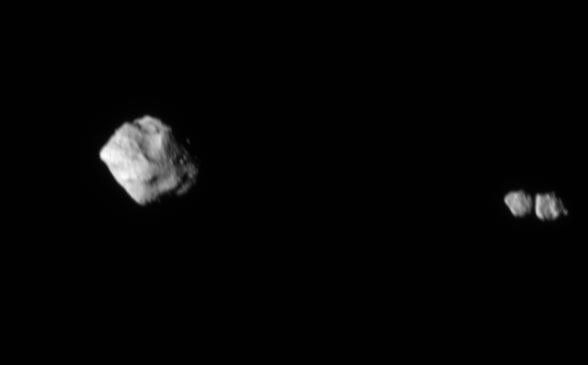
Dinkinesh first appeared as a small asteroid in the main asteroid belt, but this tiny rocky body turned out to be filled with surprises. NASA’s Lucy spacecraft performed a flyby of the asteroid in November 2023, discovering that this little guy had a big secret: a contact binary system orbiting around it. Selam, made of two smaller objects touching each other, is the first contact binary discovered orbiting an asteroid. Dinkinesh, which roughly translates to “marvelous” in Amharic, is around 0.5 miles (790 meters) at its widest, while its smaller companion is about 0.15 miles (220 meters) in size.
7 / 20
Kamo’oalewa
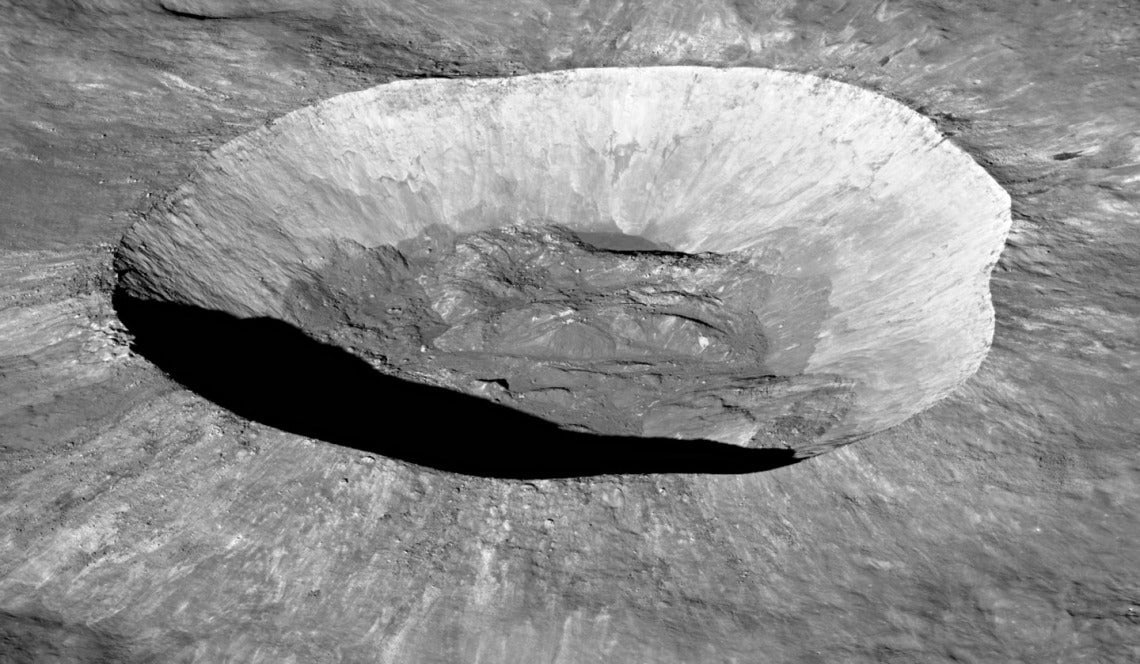
Earth doesn’t just have the one Moon. Our planet hosts seven known quasi-moons, which are asteroids that appear to act like moons. From our point of view on Earth, it looks as though the quasi-moons are orbiting our planet, but they’re actually orbiting the Sun in total synchrony with Earth.
The near-Earth asteroid Kamo’oalewa, meaning “oscillating fragment” in Hawaiian, was discovered in 2016 and was considered unique due to its Earth-like orbit. The small space rock measures about 131 to 328 feet wide (40 to 100 meters) and is the most stable-known quasi-satellite. It earned that reputation based on models predicting that the quasi-moon will follow Earth’s orbit around the Sun for millions of years to come.
8 / 20
2017 YE5
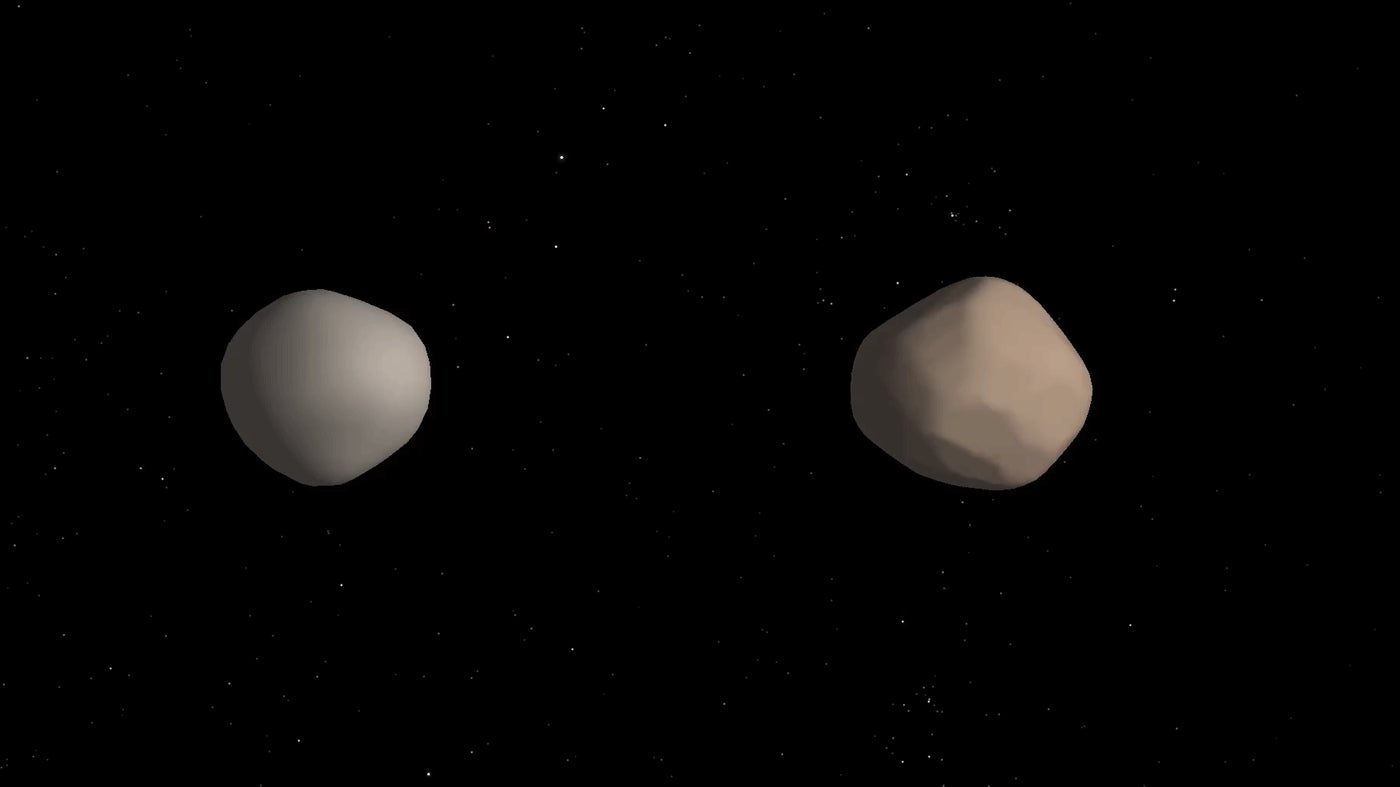
Binary asteroids are not uncommon, but having two rocky bodies of nearly the same mass orbiting one another is pretty trippy.
Most binary pairs are uneven, with one being significantly larger than the other. But for asteroid 2017 YE5, each rock is about 3,000 feet (900 meters) across. The pair, however, is not completely identical, and appear to be perhaps made up of different material as one is significantly darker than the other. On June 21, 2018, the asteroid made its closest approach to Earth for at least the next 170 years, coming to within 3.7 million miles (6 million kilometers) of Earth, or about 16 times the distance between Earth and the Moon, according to NASA.
9 / 20
Io
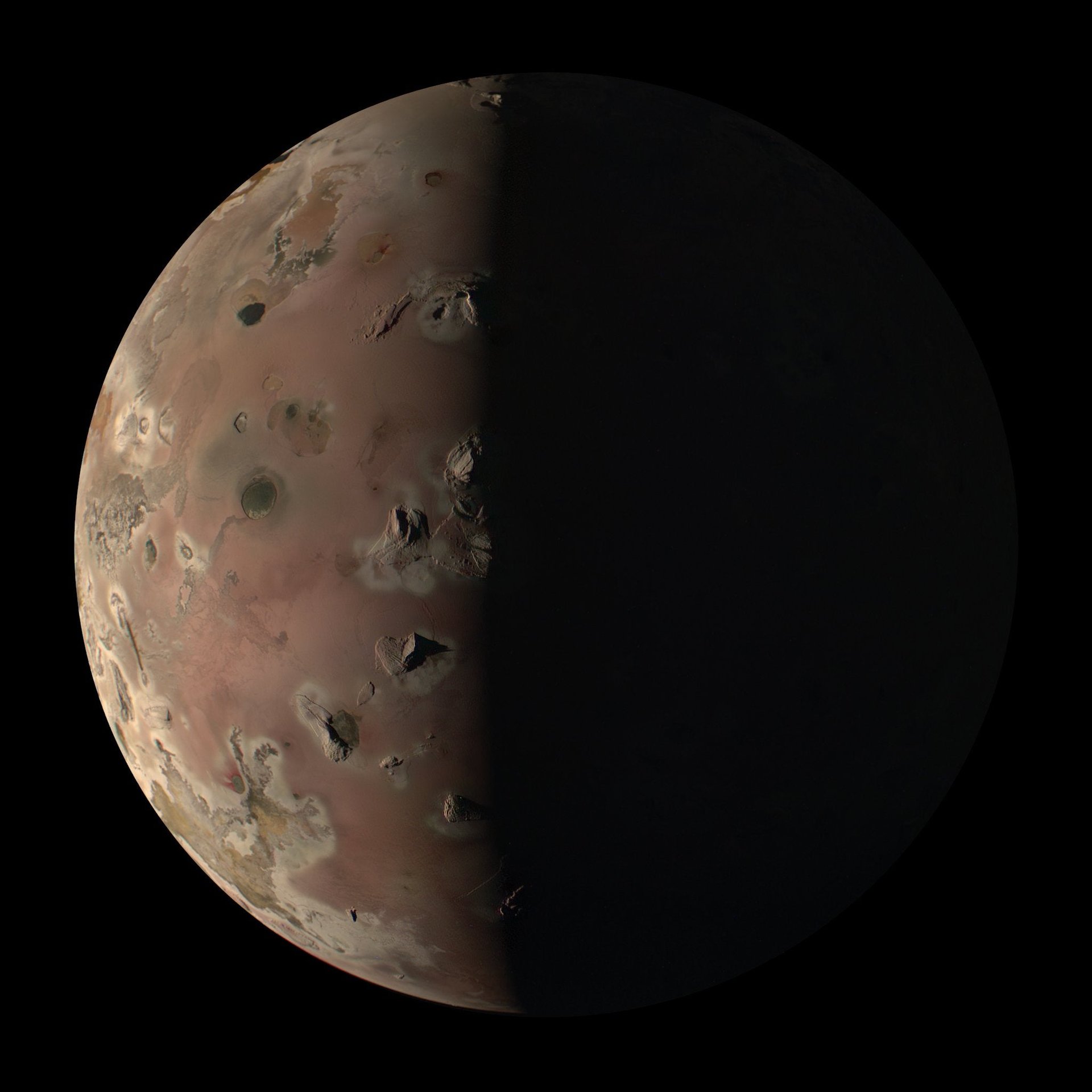
Jupiter’s rocky moon is the most volcanically active body in the solar system. As the innermost of Jupiter’s four Galilean moons, Io is stuck between the planet’s immense gravitational force and the gravitational tug of its sister moons Europa and Ganymede. This contributes to the moon’s volcanic activity as Io is constantly being stretched and squeezed due to its position. The surface of Io is mangled by hundreds of volcanoes and lakes of molten silicate lava that appear as burnt scarring across its tortured landscape.
10 / 20
Haumea
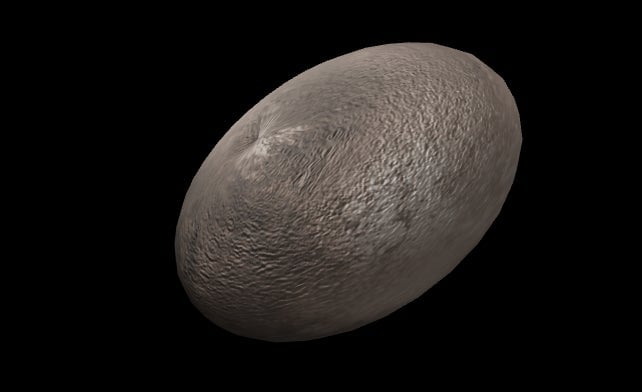
Out of all the objects that populate the Kuiper Belt, perhaps none are as unique as Haumea. The dwarf planet is one of the fastest spinning objects in the solar system and is covered in crystallized water. Due to its fast spin, Haumea is shaped like an elongated potato or a deflated football. Haumea has two known moons, Hi’aka and Namaka, and spends 285 years completing one orbit around the Sun.
11 / 20
67P/Churyumov-Gerasimenko
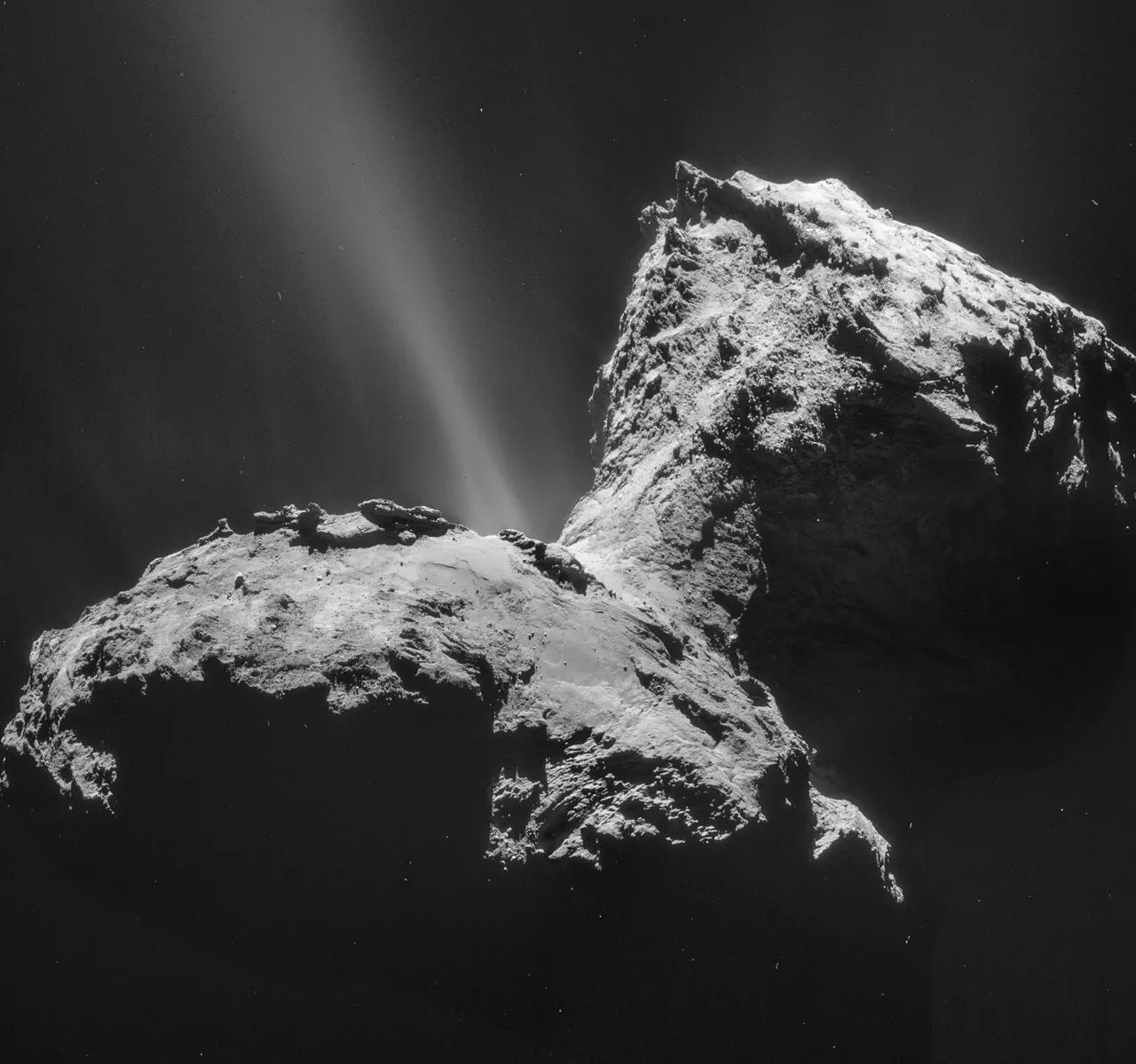
On October 22, 1969, Comet 67P/Churyumov-Gerasimenko stole the limelight from another comet when it was discovered at the Alma-Ata Observatory in Russia. Klim Ivanovic Churyumov discovered the Jupiter-family comet while examining a photographic plate of 32P/Comas Solá comet.
Comet 67P made history when it became the first comet to be orbited and landed on by robotic spacecraft from Earth. This milestone was achieved when the Rosetta spacecraft rendezvoused with it in August 2014. The comet is thought to have fallen from the Kuiper Belt sometime in the 1840s following a fairly close encounter with Jupiter, which may have sent it flying deeper into the solar system.
12 / 20
Jupiter’s Trojan Asteroids
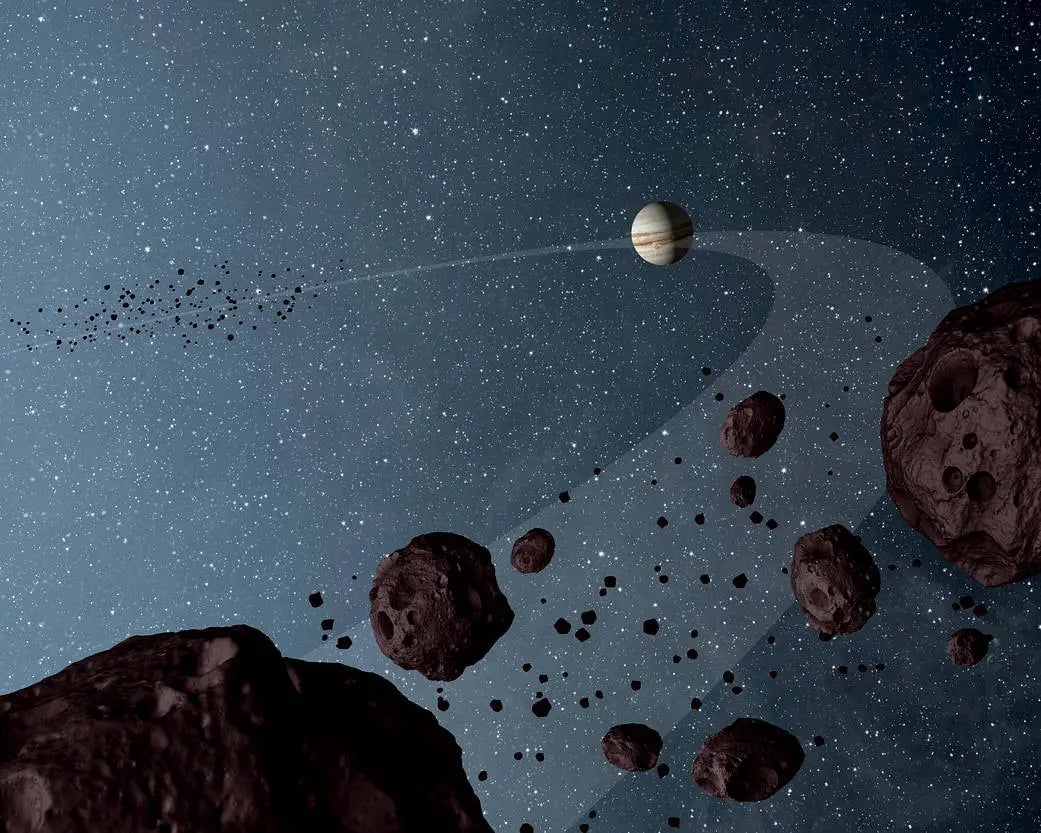
The Trojan asteroids are a group of rocky bodies that lead and follow Jupiter as it orbits the Sun. The swarm of rocky bodies are held in a gravitational balancing act between Jupiter and the Sun and are believed to be the remnants of the primordial material that formed the outer planets. The Trojans have likely existed for at least 4 billion years. NASA’s Lucy mission is currently on its way to study the Trojan asteroids. Lucy launched in October 2021 and is expected to reach its asteroid targets in 2027 and 2028.
13 / 20
Makemake
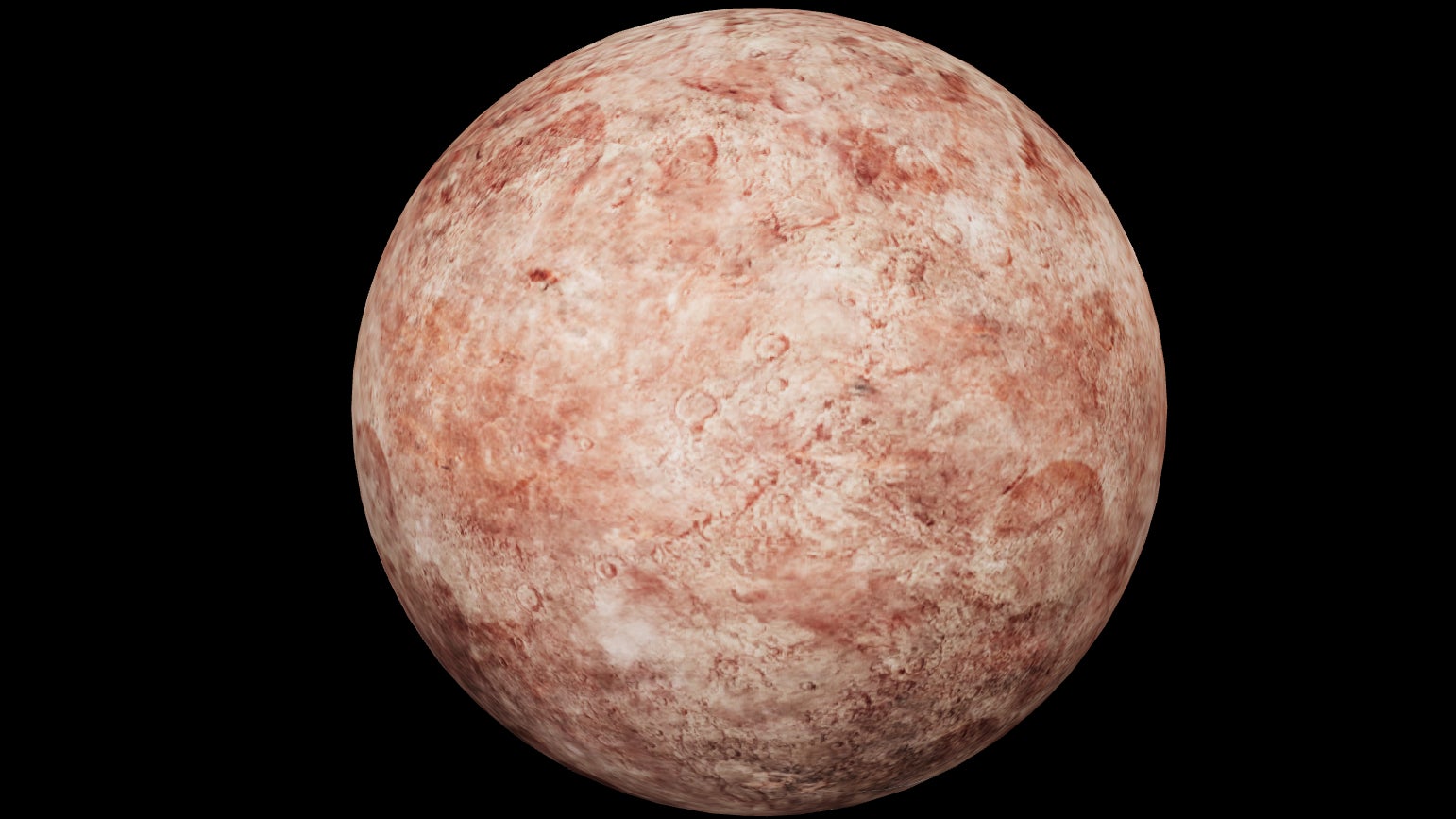
Makemake was discovered in March 2005 and it prompted the International Astronomical Union to reconsider the definition of a planet, thereby creating a new group of dwarf planets (sorry, Pluto). The dwarf planet is slightly smaller than Pluto, and is the second-brightest object in the Kuiper Belt as seen from Earth. Makemake takes about 305 Earth years to make one trip around the Sun.
14 / 20
Apophis
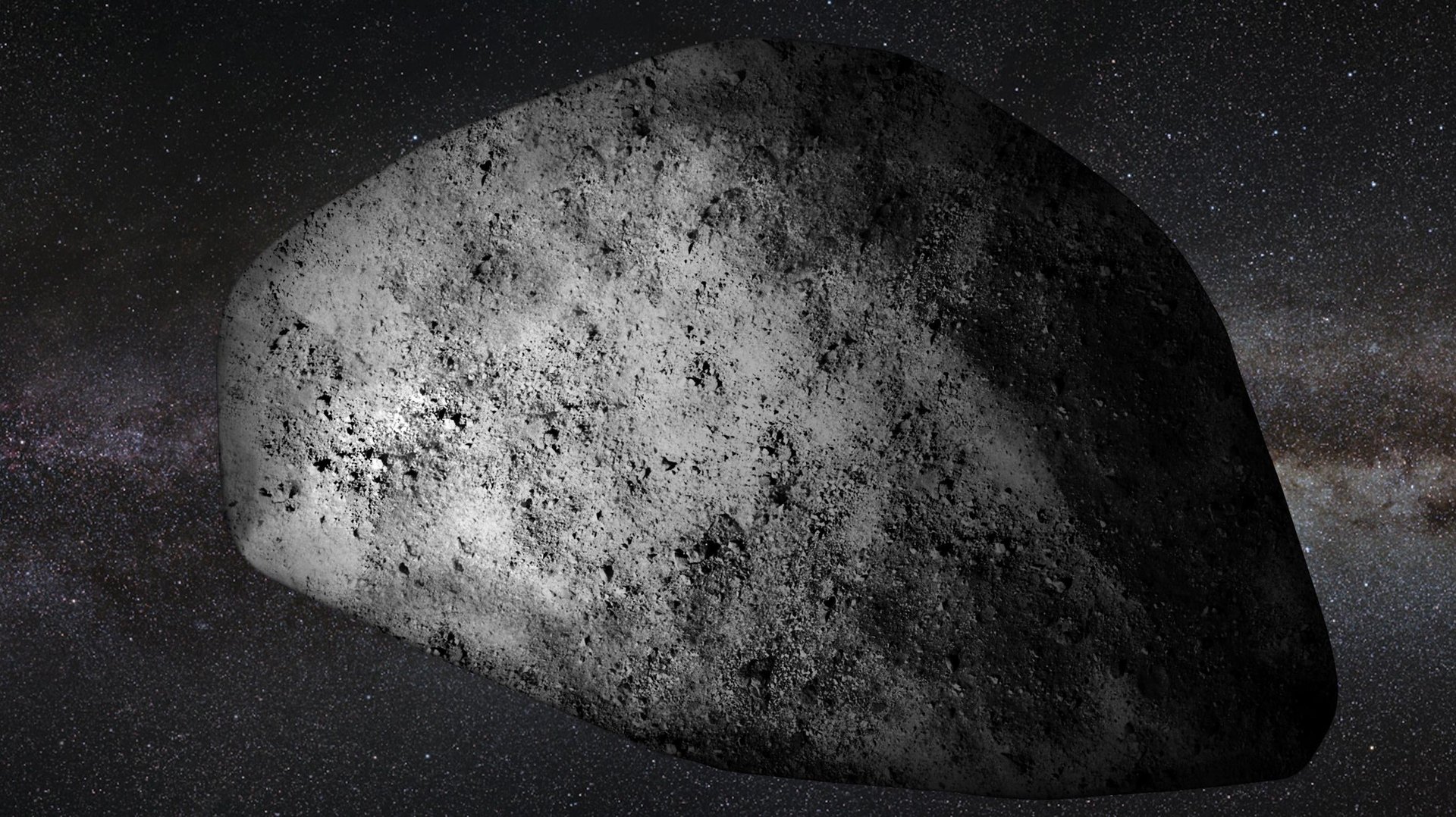
Who doesn’t love a potentially hazardous asteroid? When it was first discovered in 2004, the 1,100-foot-wide (335 meters) near-Earth object was designated as one of the most hazardous asteroids that could impact our planet. Later observations, however, reassured scientists that there’s no need to panic just yet, and that the asteroid has no chance of crashing into Earth for at least another century. Apophis is a on a trajectory towards an Earth flyby on April 13, 2029, when it will swing by Earth at an eerily close distance of less than 20,000 miles (32,000 kilometers).
15 / 20
Charon
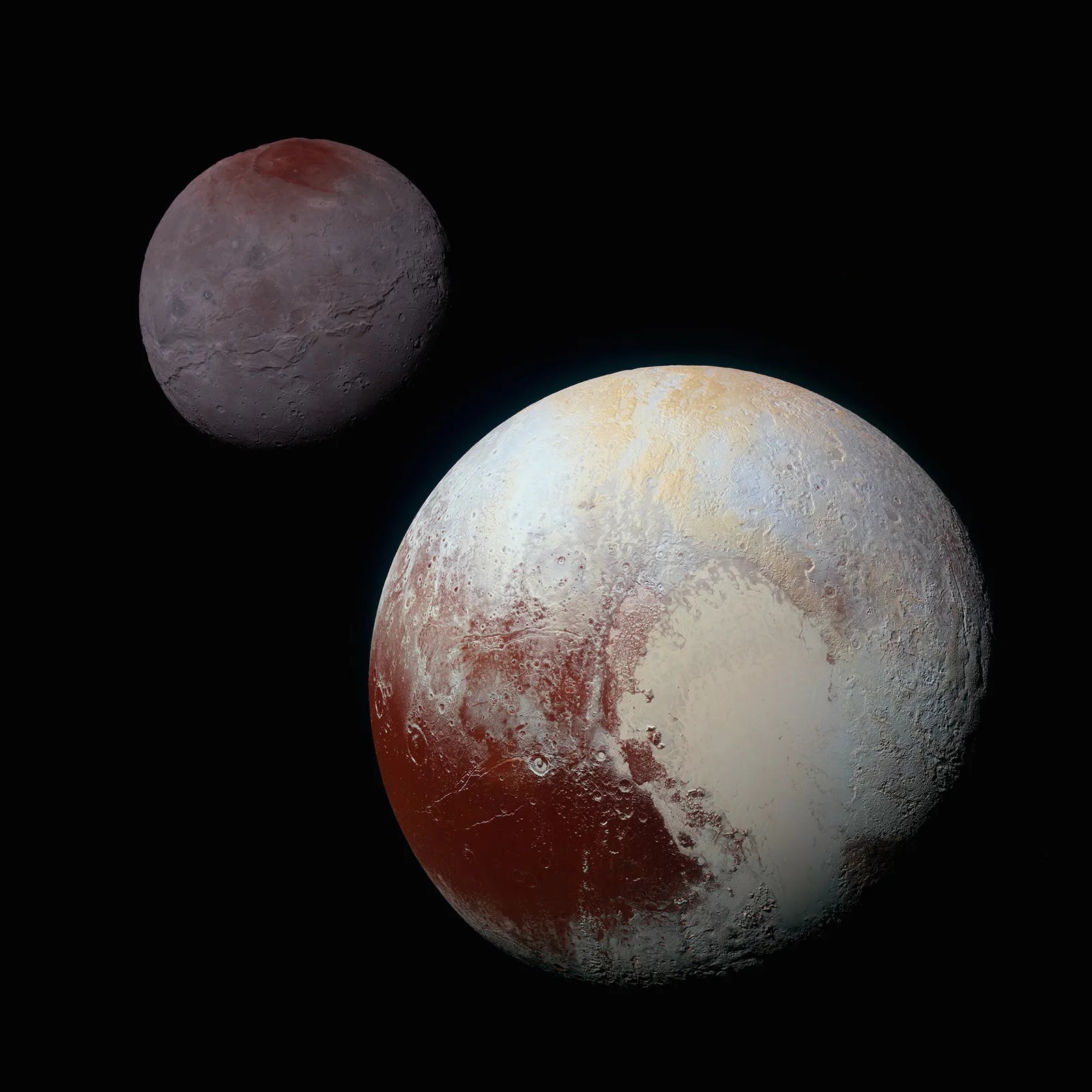
As the largest of Pluto’s five moons, Charon is about half the size of Pluto itself. That makes it the largest known satellite relative to its parent body, according to NASA. Charon takes 6.4 Earth days to orbit Pluto, and the moon neither rises nor sets. Instead, Charon hovers over the same spot on Pluto’s surface, with the same side of the moon always facing the planet.
16 / 20
Pallas
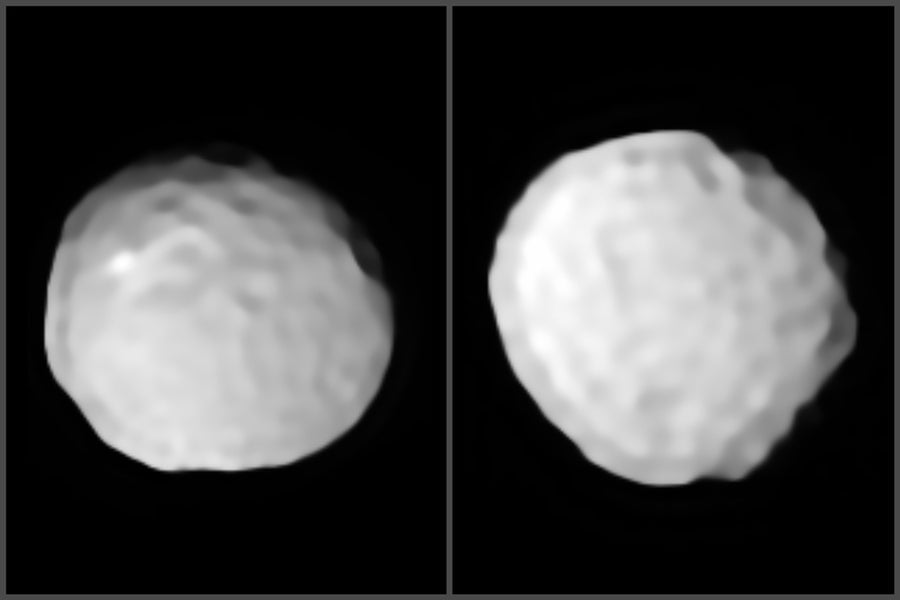
Named after the Greek goddess of wisdom, Pallas was originally discovered in 1802 and became the second asteroid ever discovered after Ceres. Pallas is the third largest object in the asteroid belt and is about one-seventh the size of the Moon. It’s likely the remnant of a planet that never came to be and its surface is covered with craters that likely indicate a violent past.
17 / 20
Hyperion

As the largest of Saturn’s weirdly shaped moons, Hyperion has a mean radius of 83.9 miles (135 kilometers). The odd-shaped moon rotates chaotically, as though tumbling its way through space as it orbits Saturn. Due to its shape, scientists believe it may be the remanent of a larger moon that got broken apart by a larger impact, according to NASA.
18 / 20
Vesta
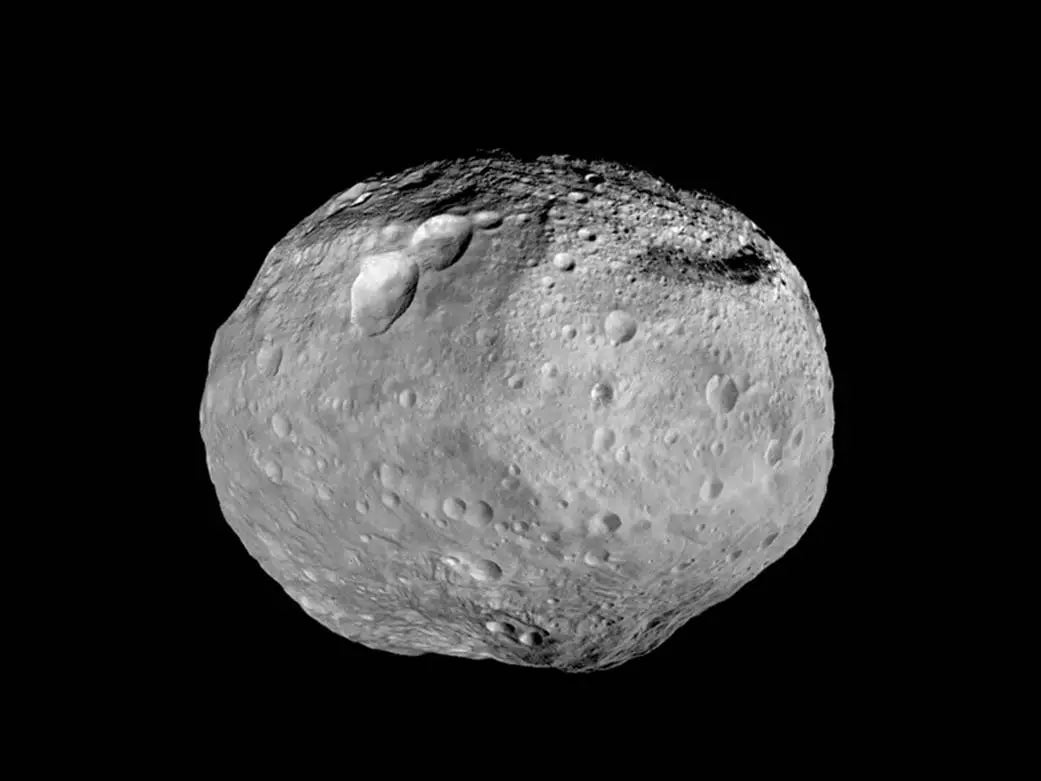
This closeup view of asteroid Vesta, captured by NASA’s Dawn spacecraft, shows its towering mountain at the south pole, which is more than twice the height of Mount Everest (it can be seen at the bottom of the image). The asteroid itself is the second most massive object in the main asteroid belt (after Ceres). The giant asteroid is almost spherical, and is very close to being classified a dwarf planet.
19 / 20
Deimos
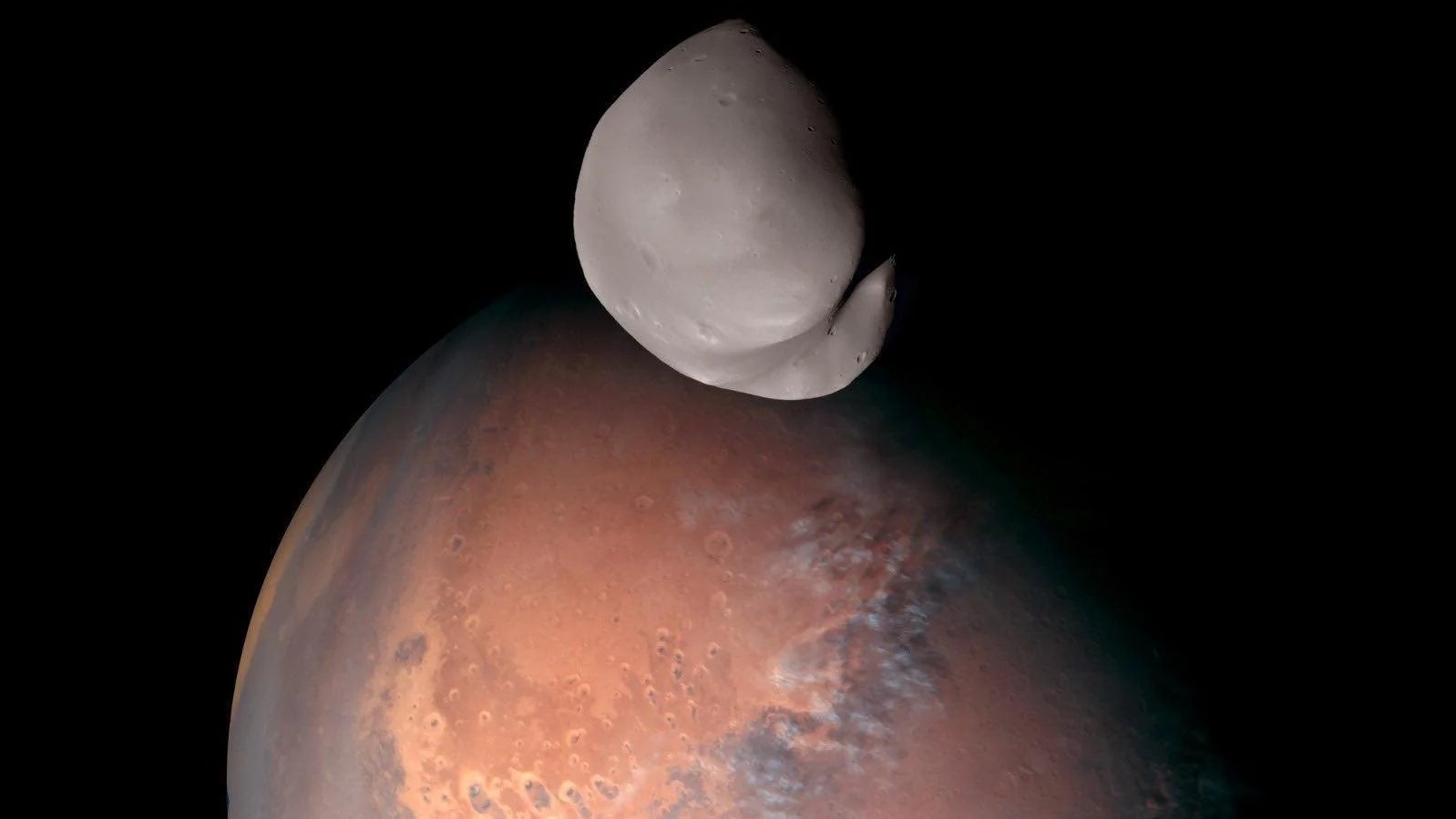
Deimos is the smaller of the two Martian moons and orbits the Red Planet at a much farther distance than its larger counterpart, Phobos. The tiny, lumpy celestial body is around 9 miles by 7 miles by 6.8 miles in size (15 x 12 x 11 kilometers) and circles Mars once every 30 hours, according to NASA. Very little is known about Deimos, but a close approach of the moon in January 2023 suggests that it may have broken apart from Mars rather than being a captured asteroid as scientists had previously suggested.
20 / 20
Bennu
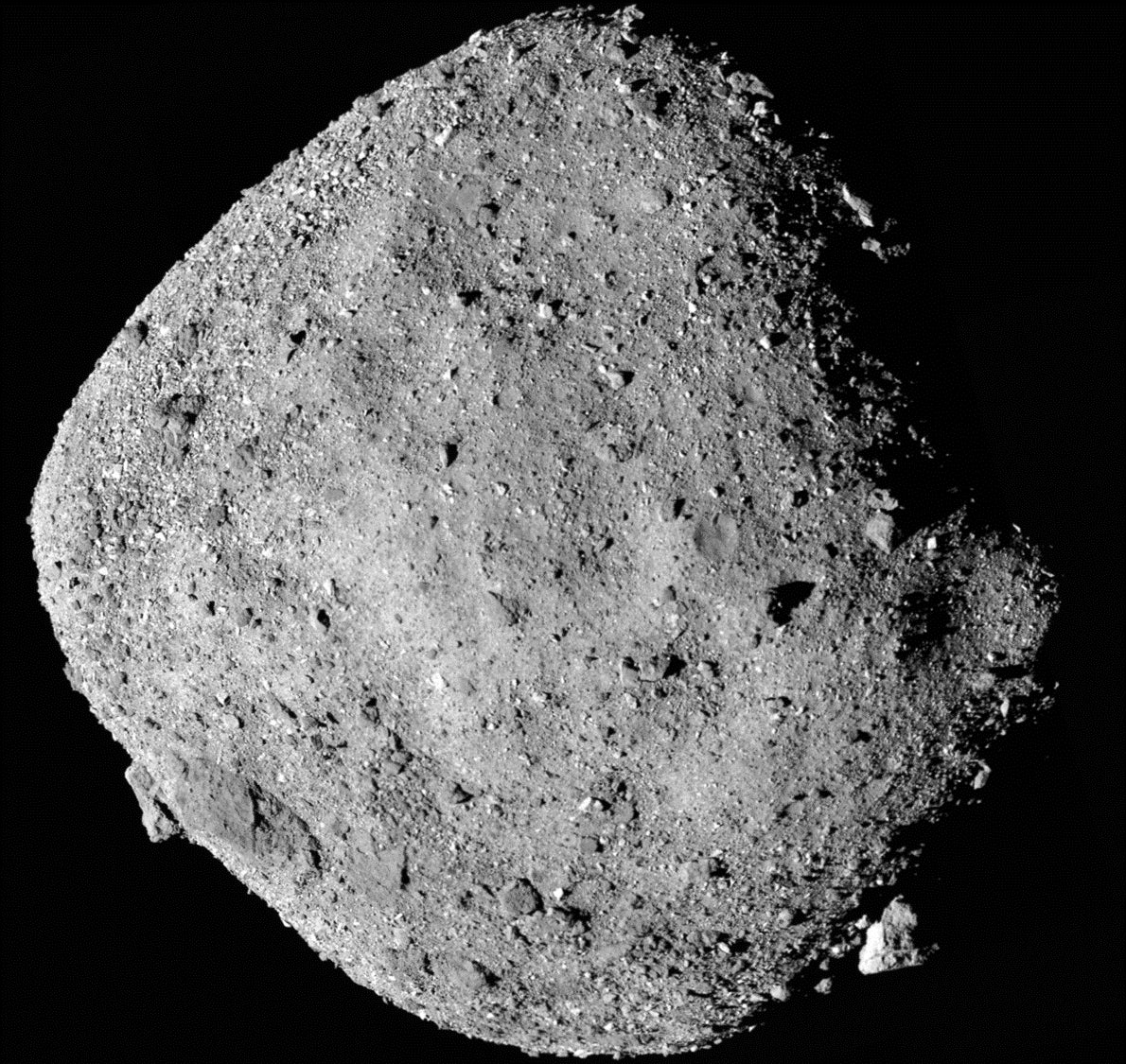
This asteroid is extra special because a piece of it is currently on Earth. Bennu is a small, near-Earth asteroid that makes a close pass to our planet every six years or so.
Scientists believe Bennu might have broken off from a much larger carbon-rich asteroid about 700 million to 2 billion years ago and drifted much closer to Earth since then. Taking advantage of its proximity to us, NASA’s OSIRIS-REx spacecraft snagged a piece of the asteroid and dropped it off in the Utah desert in September 2023. Early analysis of the sample found an abundance of carbon and water molecules—just the kind of stuff scientists were hoping to find on NASA’s first returned asteroid sample.
